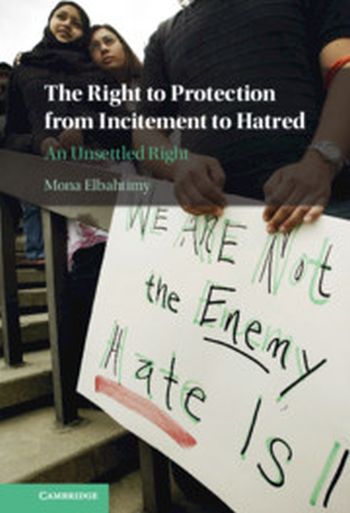
Against the backdrop of the new globalized hate speech dynamics, the nature and scope of States' obligations pursuant to international human rights law on prohibiting incitement to hatred have taken on increased importance and have become a controversial issue within multilateral human rights diplomacy. Key questions being posed in the on-going debates over how best to respond to the new wave of hatred include whether the international legal norm against incitement to hatred, as it currently stands, is suitable to address the contemporary challenges of this phenomenon. Alternatively, does it need to be developed further?
This book traces the journey of this norm in three analytical domains; its emergence, relevant supranational jurisprudence, and the recent standard-setting attempts within the UN. The book argues that five internal features of the norm had a strong influence on its difficult path within international human rights law.